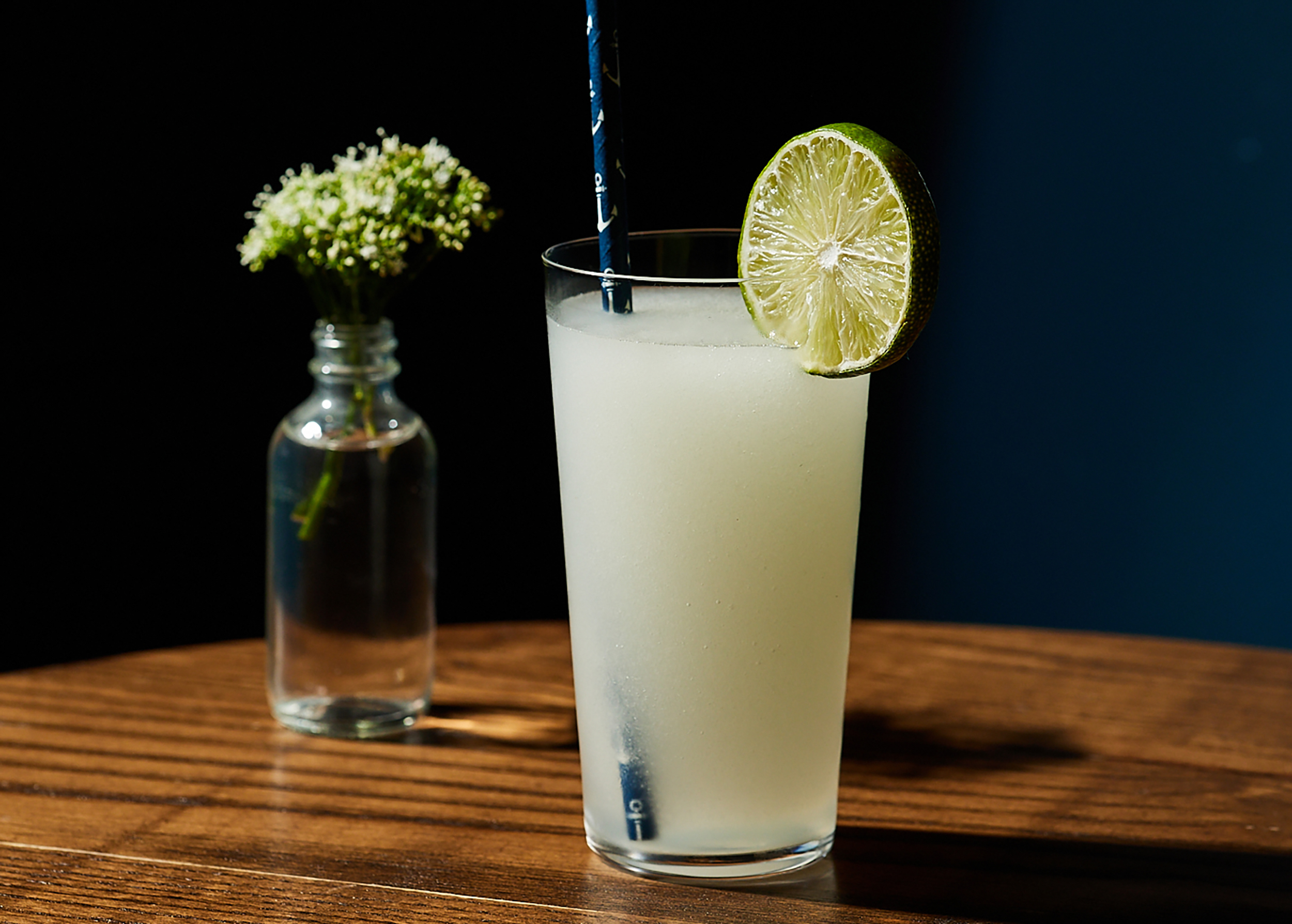The hot, humid air hangs heavy at Kansas City’s outdoor Starlight Theatre, and the actor’s costume clings like plastic wrap. A wardrobe assistant peels it off backstage and lets it drop damply to the floor. Standing in his skivvies behind a makeshift partition, the actor steps into his next outfit, gulps a quick drink of water and strides back onstage.
The discarded costume, hung up to dry for use in another scene, billows from a well-aimed fan. At evening’s end, it will be spritzed with a vodka and water mix for odor control. That’s for garments that need dry-cleaning. Other outfits are tossed into one of three washing machines so they’ll be fresh for the following night’s performance.

Meanwhile, another actor is sweating off his green makeup, a mishap noticed by the stage manager via a camera screen. “Can we get an extra blot or fan?” she calls out to the makeup, hair and wigs team. Next, she orders the repositioning of a prop hanging from metal poles high above the stage.
“On the rail, stand by for the portcullis into its low trim,” she announces. When she hits the cue light and issues the command, “Go!” a crew member unlocks a rope and lowers a latticed castle gate onto the floor.
Thousands of onlookers in the audience see one version of Starlight’s summer Broadway musicals. Behind the scenes is a different show played by the supporting staff who make it happen.
“Usually, there are more people backstage than onstage,” says Starlight’s director of marketing Rachel Bliss, who describes the hustle and bustle as orchestrated chaos. “Everything happens on a much grander scale than most people realize.”

Situated in the heart of Swope Park, Starlight celebrates its 75th anniversary next year. It’s seen various improvements since opening in 1950, but 2000 was a game changer, according to Caroline Gibel, vice president of programming and production at Starlight.
A capital campaign at the time financed an enclosed, climate-controlled “stage house” with a 10-story-tall fly system of ropes, pulleys and counterweights for raising and lowering scenery, props, lights and the occasional flying actor. The front curtain, formerly fabric, was replaced with a giant airplane hangar door. Altogether, the changes provided enough bells and whistles to attract major Broadway touring shows for the first time.
Until then, Starlight produced all of its own shows. That tradition remains alive in the theater’s commitment to putting on one show each summer that employs around 100 local actors, dancers, musicians and stagehands. In August, that show was West Side Story. In 2023, it was Legally Blonde.
“Only two theaters in the U.S. do outdoor self-produced shows of this size,” says Gibel. The other is the Municipal Opera Theatre in St. Louis. “There used to be a lot more.”
One reason is the expense. Big Broadway means big sets, big ensembles and big money. Most theaters are just trying to break even, Gibel says, earning profits mainly from concessions, parking and ancillary events.
Another reason is the challenge of hot, windy and rainy weather. Starlight pays Evergy for multiple sources of power. If one goes out (as it did during Dream Girls a while back), the tech crew hauls the power lines to its backup source some 300 feet away.

Touring Broadway shows run throughout the summer, usually Tuesday through Sunday. The busiest day is opening day or “load-in.” Props, scenery, costumes and equipment are unpacked from several semi-trucks, although shows with elaborate sets, such as Frozen, The Lion King and Phantom of the Opera may have 20 or more trucks.
Most shows travel with their own lights, musical instruments and a large floor mat that lays atop Starlight’s sprung wooden dance floor. It’s all for consistency. A recent tour of Shrek even came with a portable drum room, fully miked and paneled with acoustic tiles, in which the drummer sat stage left behind black curtains.
“I’m still fascinated by how a show comes together,” says Liz Kelley, who grew up dancing in 1960s-era Starlight ensembles and now works on the wardrobe team. In July, she was nursing a “corset sprain” on her thumb from zipping up Little Mermaid costumes. These strapless outfits are especially tight-fitted because the actresses undulate throughout the show.
One night she forgot to retrieve a mermaid tail reeled in by a fishing line when Ariel became human, but she had a good excuse: She was on the phone arranging an emergency leather strap repair for a character’s ballroom shoe.
It’s dark backstage. Kelley wears a head lamp plus a multi-pocketed apron that serves as a dresser’s tool belt filled with hair bands, safety pins, scissors, a shoe horn and cough drops.
Not all shows have quick changes, but it’s not uncommon. During Shrek, the actors worked out of close-by baskets holding costumes and accessories, ignoring the hallway of dressing rooms across the way. Frozen washcloths and cooling towels were handed out between scenes to those outfitted as furry animals. The lucky ones scored an ice vest.
At some point during most productions, usually on opening night, there’s a cast and crew party. “These parties sound very sexy, but they are not,” says Gibel. “Everyone is pretty wiped out after all the go-go-go. It’s a time to sit down with your theater family, have a drink and pat yourself on the back.”
Because the backstage show deserves a round of applause—even if the applause is self-produced.





